Have You any Suggestion or Queries?
Mestibulum libero nisl, porta vel, scelerisque eget, malesuada at neque wivamus eget nibhm cursleo vel metus.




Setting up a hospital involves several key components, including infrastructure, medical equipment, staffing, operational procedures, and regulatory compliance. Below is an outline of the steps involved in setting up a hospital:

Understand the healthcare needs of the target community.

Estimate the costs of land, construction, equipment, and staff salaries.

Choose a strategic location based on accessibility, proximity to residential areas, and zoning regulations.
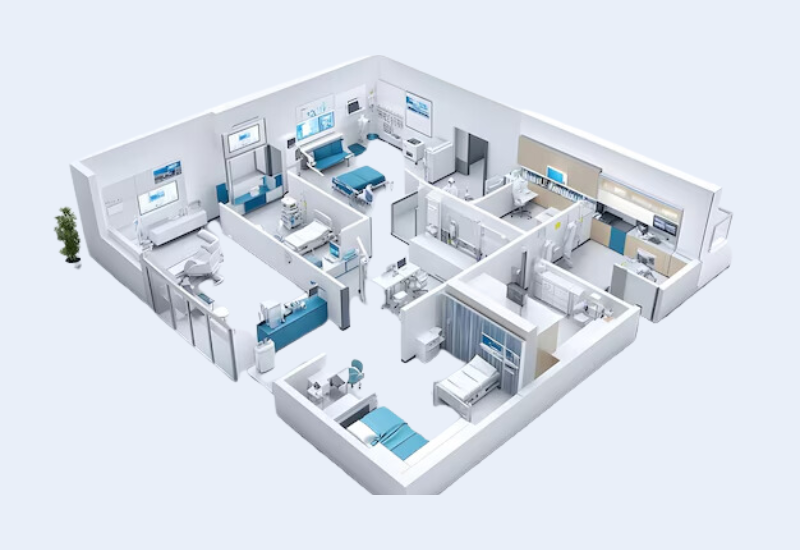
Design a functional layout that includes patient rooms, diagnostic and treatment areas, operation theaters, emergency departments, staff rooms, and administrative offices.

Ensure the design complies with local health and safety regulations, such as infection control protocols and fire safety standards.

Consider energy-efficient solutions, water recycling systems, and environmentally friendly practices.

Submit the necessary documentation and obtain approval from health and regulatory authorities.

Apply for accreditation from national and international health bodies (e.g., Joint Commission, NABH in India).
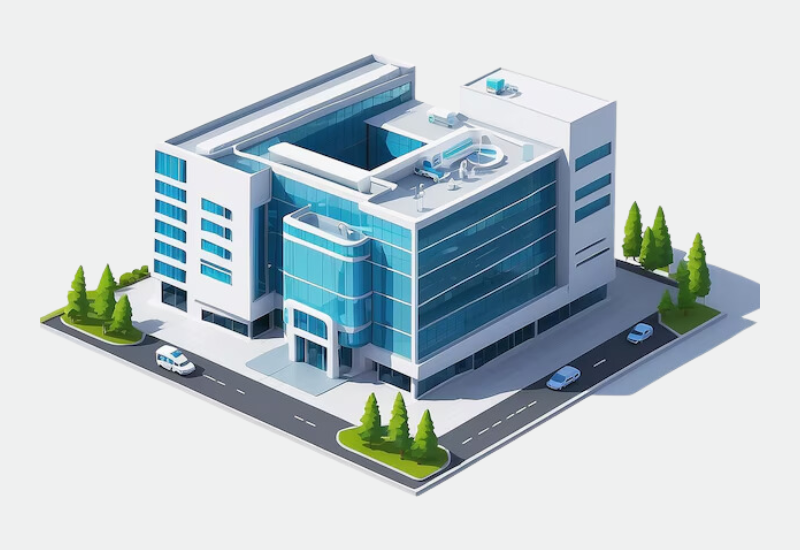
Hire contractors and architects to build the hospital.
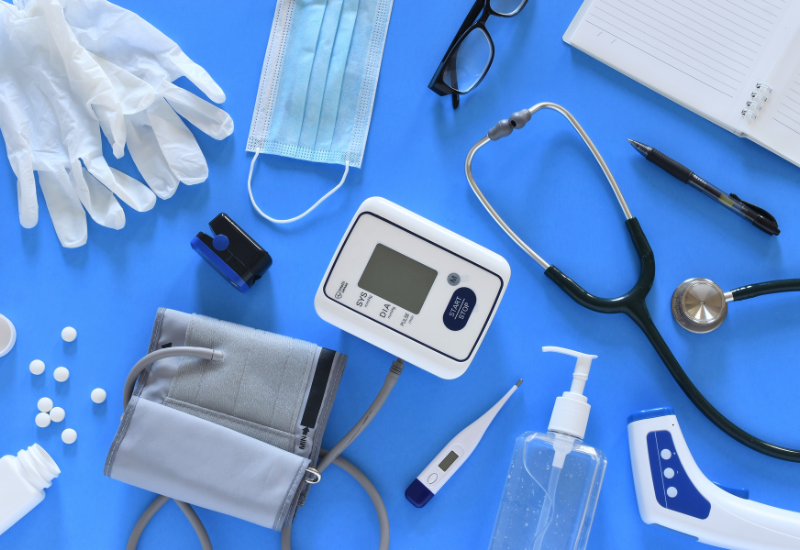
Procure essential equipment like diagnostic machines (e.g., MRI, CT scanners), operation room tools, patient monitoring systems, and life-support machines.

Equip the hospital with patient beds, stretchers, chairs, desks, and waiting area furniture.

Install hospital management software for patient records, billing, and scheduling. Set up communication systems (telephones, emails, etc.).

Recruit doctors, nurses, specialists, and technicians. Key departments include emergency, surgery, radiology, pediatrics, orthopedics, etc.

Hire HR personnel, receptionists, cleaners, and maintenance staff.

Provide training on hospital protocols, patient care, and the use of medical equipment.

Develop standard operating procedures (SOPs) for patient care, admission, discharge, infection control, and emergency protocols.

Ensure quality patient care through evidence-based medicine, regular monitoring, and personalized treatment plans.

Set up a pharmacy to provide medications and healthcare products to patients.

Implement systems for the safe disposal of medical waste and general waste.

Use digital records for patient information, medical history, treatments, and billing.

Incorporate telehealth services for remote consultations and follow-up care.

Install security systems, including surveillance cameras and restricted access to certain areas (e.g., pharmacy, storage rooms).

Create a hospital logo, signage, and other marketing materials to promote the hospital’s services.

Offer health camps, free check-ups, or educational programs to engage the community and raise awareness about the hospital.

Implement a system for collecting patient feedback and continuously improving services.

Set up insurance policies for the hospital (property, liability, malpractice).

Implement a billing system for services rendered and ensure the hospital is compliant with insurance procedures.
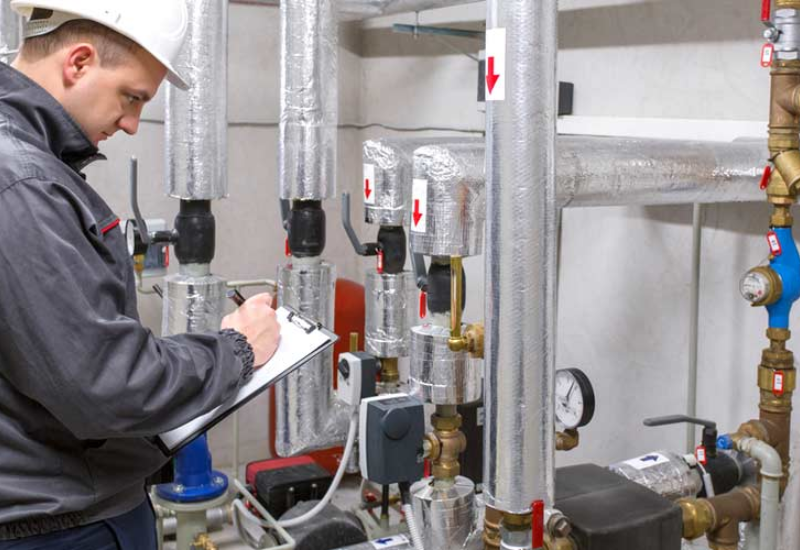
Regularly inspect and maintain medical equipment and facilities.

Establish a system to monitor patient satisfaction, clinical outcomes, and regulatory compliance.
Handles urgent care and emergency medical situations.
For patients who need constant monitoring and life-support care.
For tests and medical imaging (X-ray, ultrasound, etc.).
Equipped with advanced operating rooms for various surgeries.
Dispenses medications to patients and healthcare professionals.
Comfortable rooms for patients during their recovery.
A successful hospital setup requires careful planning and execution, along with ongoing adaptation to new medical technologies and evolving patient needs.
Mestibulum libero nisl, porta vel, scelerisque eget, malesuada at neque wivamus eget nibhm cursleo vel metus.




RSND partners with you to reduce costs and improve patient outcomes by optimizing supply chain logistics and leveraging innovation to navigate the future of healthcare.
Being a single source with more products and choices means we can equip you to care for any patient.
© 2025 RSND Heath Care Solutions. All rights reserved. Design & Developed by CodeSquadrons.